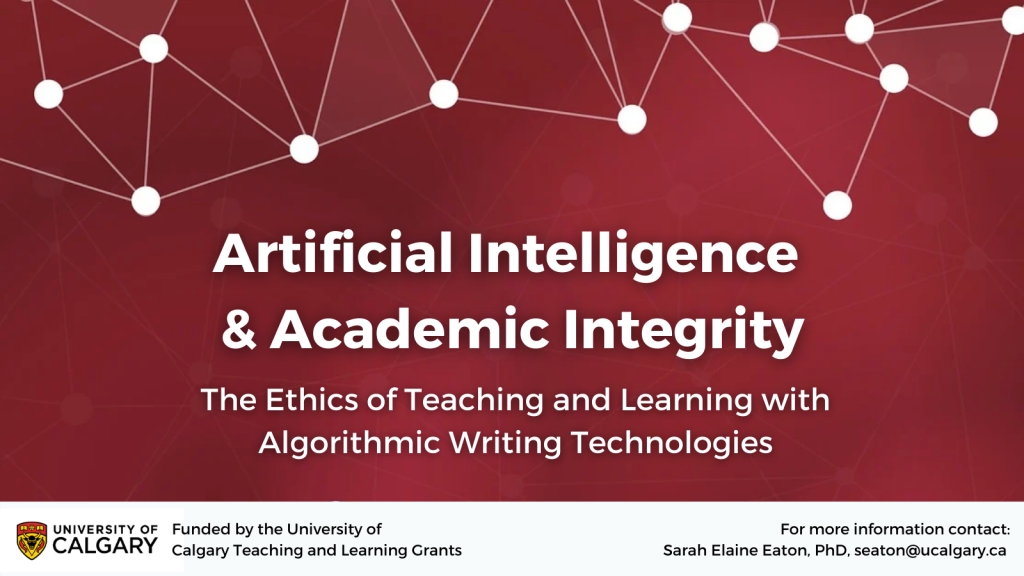It has been a while since I’ve posted. The new job has kept me busier than I ever imagined. There’s been lots going on in the academic integrity and artificial intelligence space and I’ll share some updates about that work soon. For now though, I wanted to reflect on my recent visit to Kamloops, British Columbia, which included a stop at the former Kamloops Indian Residential School in Tk’emlups te Secwépemc First Nation. What a profound and emotionally charged experience. The school, once a site of assimilation policies and cultural erasure, stands as a stark reminder of Canada’s colonial history and the enduring impact it has had on Indigenous communities.
Approaching the school grounds, the weight of the history and the gravity of the space were palpable. The imposing school building, now weathered and repurposed, stood as a silent witnesses to the atrocities that took place at that site. I couldn’t help but reflect on my positionality as a settler and the privilege that comes with it. It was a powerful moment to acknowledge the painful truths of the past and to confront the systemic injustices that persist today.
Walking through the grounds of the Kamloops Indian Residential School, I felt a mix of emotions – sorrow, anger, and a profound sense of responsibility. The stories of the Indigenous children who were forcibly taken from their families and subjected to cultural suppression echoed. I did not go inside, but as I stood outside and looked at the windows, I sensed that each room — and every inch of that building — told a story of resilience and survival, but also of loss and trauma that transcends generations.
One of the most haunting aspects of the visit was being in the place for the remains of the first 215 children were found in 2021 in unmarked graves on the school grounds. This added a layer of grief to the already heavy atmosphere. I was quiet for most of the time we were there, processing an overwhelming sense of sorrow. The weight of the knowledge that these children had been forgotten, their stories erased, and their lives devalued, was a somber reminder of the need for reconciliation and justice.

I choked back tears as I stood in front of the memorial at the school. The emotional impact of the visit extended beyond the physical building and the grounds of the school. It prompted deep introspection about the role of settlers in the process of decolonization. Confronting the painful history of the residential school system requires more than acknowledgment; it demands active engagement and commitment to dismantling the ongoing structures of oppression. I felt a renewed sense of responsibility to educate myself, to amplify Indigenous voices, and to advocate for justice.
The power and psychological impact of witnessing the aftermath of cultural genocide is something I find difficult to express… and simultaneously, it also cannot be understated. I realized that I was not only recognizing — but reckoning with — my privilege in more visceral way than I ever had before, which further galvanized my commitment to challenging the systems that uphold colonial legacies.
The visit concluded with a walk through the healing garden with 215 plants, one for each body of a missing child buried at the site. With winter approaching, the garden is done for the season and the symbolism of visiting the garden when the plants were withered was symbolic and profound. Nevertheless, I sensed the hope and healing as we walked through the space were plants will grow again next year.
The experience of visiting the former Kamloops Indian Residential School was transformative and the memory of it will stay with me for a long time. It served as a reminder of the deep wounds inflicted by colonialism and the ongoing responsibility of settlers to actively participate in the process of decolonization. The emotional and psychological impact of confronting this painful history underscored the need to work towards a more just and equitable future for all.
Visiting a former residential school is both individual journey, and also part of our collective responsibility to decolonization and social justice. This visit provided tangible connection to the painful legacy of colonialism, fostering empathy and understanding — and it is an experience that I recommend. To bear witness, confront uncomfortable truths, and actively contribute to reconciliation are just a few of the reasons why I would recommend a visit a former residential school (and this one in particular). A visit to a former residential school is a step towards Truth and Reconciliation; one step in a long journey, and one that is well worth it.
_________________________________
Share this post: A Journey of Reflection: Visiting the Former Kamloops Indian Residential School https://drsaraheaton.wordpress.com/2023/11/12/a-journey-of-reflection-visiting-the-former-kamloops-indian-residential-school/
This blog has had over 3 million views thanks to readers like you. If you enjoyed this post, please “like” it or share it on social media. Thanks!
Sarah Elaine Eaton, PhD, is a faculty member in the Werklund School of Education at the University of Calgary, Canada. Opinions are my own and do not represent those of my employer.



 Posted by Sarah Elaine Eaton, Ph.D.
Posted by Sarah Elaine Eaton, Ph.D. 










You must be logged in to post a comment.